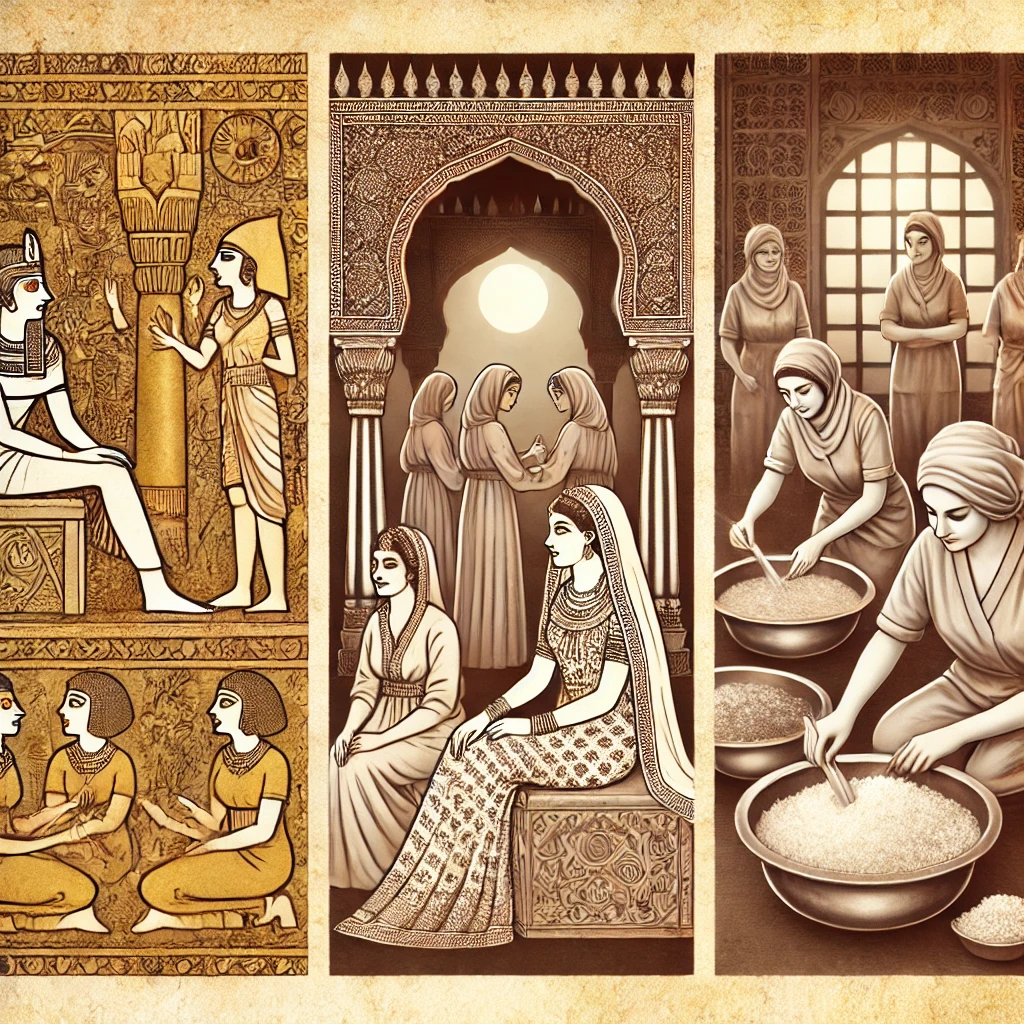
The Sweet History of Sugar Waxing
Sugar waxing, also known as sugar waxing, is one of the oldest forms of hair removal in human history. This all-natural method of body hair removal has endured for centuries, prized for its gentle approach and simple ingredients. To truly appreciate this timeless beauty practice, we must dive into its rich history, explore its cultural significance, and understand how it has evolved into the modern-day technique we love today.
Ancient Beginnings
The origins of sugar waxing date back thousands of years to ancient civilizations in the Middle East and North Africa. Historical records suggest that sugar waxing was practiced as early as 1900 BC in ancient Egypt. It is believed that Cleopatra, the epitome of beauty and elegance, used sugar waxing to maintain her smooth, hair-free skin. The Egyptians considered body hair undesirable, associating it with uncleanliness and barbarism. Removing hair became a vital part of their beauty rituals and hygiene practices. In Persia, sugar waxing was equally popular, often referred to as “halwa” (meaning sweet in Arabic). Persian women were meticulous about their grooming, and hair removal was considered a rite of passage, particularly before marriage. Sugar Waxing was more than just a beauty treatment; it symbolized purity and readiness for new life stages.
The Ancient Recipe
The simplicity of sugar waxing’s ingredients has always been one of its defining features. Ancient recipes typically combined sugar, lemon juice, and water. These ingredients were boiled to create a sticky, pliable paste that could be applied to the skin. The paste was then flicked off, removing unwanted hair while exfoliating the skin. This natural blend made sugar waxing accessible to nearly everyone and ensured it was free of harsh chemicals that might irritate the skin.
Cultural Significance
In many Middle Eastern and Mediterranean cultures, sugar waxing became a significant part of pre-wedding traditions. Brides-to-be would gather with female family members and friends for a celebratory hair removal session. These gatherings were not only practical but also a time for bonding, storytelling, and passing down generational beauty secrets. Sugar Waxing’s gentle, natural process made it an ideal choice for such intimate and meaningful occasions.
The Renaissance and Beyond
As time progressed, hair removal techniques spread to other regions through trade and cultural exchange. However, during the European Renaissance, body hair removal practices waned in popularity. Sugar Waxing remained a staple in Middle Eastern and Mediterranean cultures but became less common in Western societies. The practice regained popularity during the 20th century as global beauty standards shifted, favoring smooth, hair-free skin. With the rise of natural and eco-friendly beauty trends in the late 20th and early 21st centuries, sugar waxing experienced a resurgence as people sought alternatives to chemical-laden products and harsh waxing methods.
Modern-Day Sugar Waxing
Today, sugar waxing has made its way into spas, salons, and DIY beauty routines worldwide. Its reputation as a gentle, eco-friendly, and effective hair removal method has made it a favorite among those with sensitive skin or a preference for natural products. Unlike traditional waxing, sugar waxing paste adheres only to the hair, not the skin, reducing pain and irritation. Additionally, sugar waxing is biodegradable and requires no strips or applicators, making it an environmentally conscious choice. Innovations in technique and equipment have made sugar waxing even more accessible. While traditional ball methods are still practiced, many estheticians now use spatulas and advanced sugar waxing pastes to provide tailored services for clients.
A Timeless Tradition
From ancient Egyptian queens to modern-day skin therapists, sugar waxing has stood the test of time as a trusted method of hair removal. Its enduring popularity is a testament to its effectiveness, gentleness, and alignment with natural beauty principles. As we embrace this ancient practice in contemporary settings, we honor the generations of women who perfected and preserved this sweet art form. Whether you’re new to sugar waxing or a seasoned enthusiast, remember that each swipe of sugar paste carries a bit of history, connecting you to a lineage of beauty rituals spanning millennia.